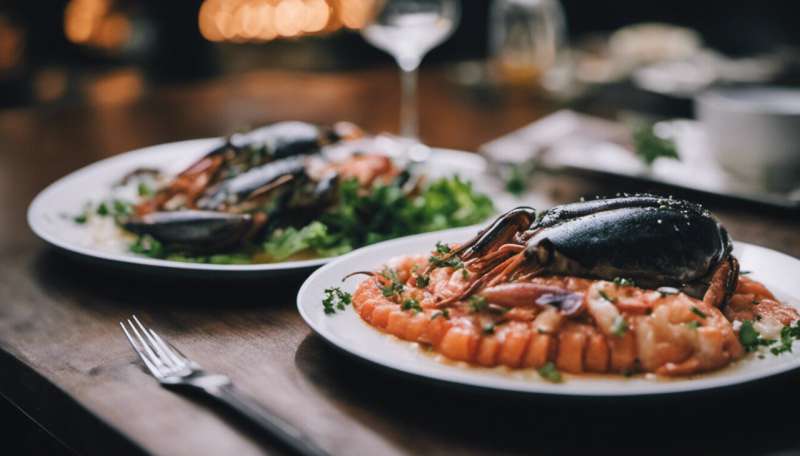Tool for seafood contamination

Since the horse meat saga began in 2012, some of us have decided to eat more fish and seafood - after all, we have been told they are better for our health. Well, that may not be quite true today. While EU law allows consumers shopping at supermarkets to learn where their seafood comes from, most restaurants are under no obligation to reveal how far their seafood has travelled to get to a diner's plate.
In particular, only limited information is available for those seafood contaminants for which the authorities have set no maximum limits. These include priority contaminants such as biotoxins from harmful algal blooms and marine litter. In order to improve seafood safety for consumers and to reduce risks to human health, the ECsafeSEAFOOD project aims to assess the safety issues mainly related to non-regulated priority contaminants and to evaluate their impact on public health.
Fish and shellfish are nutritious foods that form desirable components of a healthy diet. The problem is that the fish and shellfish in our oceans all contain various types of contaminants. Inorganic pollutants with the greatest potential for toxicity range from antimony, arsenic and cadmium, to lead, mercury, selenium, and sulfites (used in shrimp processing). Among organic pollutants are polychlorinated biphenyls, dioxins, several chlorinated hydrocarbon insecticides, and certain processing-related contaminants (nitrosamines and possibly products of chlorination). Contaminants related to the aquaculture industry also pose appreciable potential risks to consumers.
Pollution of the oceans and climate change are giving rise to concerns, not just about the overall status of the marine environment but also about the impact on seafood safety and public health. As there is rarely a well-defined quantitative link between levels of contaminants in the marine environment and levels in seafood, there is clearly a need for more intensive research on the transfer of contaminants from the marine environment into seafood.
With funding of 5 million, ECsafeSEAFOOD is a pioneering project that will address the challenge of assessing seafood safety issues relating to contaminants that may be present in seafood as a result of environmental contamination. The project will evaluate the impact that the presence of these contaminants is having on public health. This will provide a basis for improved seafood risk management and increased public awareness.
The project brings together scientists from different food science disciplines, including: ecotoxicology, biochemistry, nutrition, risk assessment, seafood quality and consumer behaviour and perceptions. The partnership also includes SMEs in order to facilitate the transfer and uptake of research by interested parties.
Dr Antonio Marques is the project coordinator. "The ECsafeSEAFOOD project will explore whether there is a relationship between the contamination of the marine environment and the quality of the seafood we consume. The health benefits of eating seafood have been proved in many different ways and ECsafeSEAFOOD aims to develop tools to ensure these benefits will continue in the future," he explains.
Dr Marques adds: "The ECsafeSEAFOOD project will provide scientific evidence to serve as a basis for the further development of common food safety policies as well as public health and environmental policies and measures".
So, while the benefits and risks of consuming seafood have received much media attention as the horse meat saga develops, until researchers provide consumers with the means to assess the safety of our food, perhaps the best thing to do is start eating insects. After all, they are at the leading edge in terms of food nutrition for their protein and mineral content. Indeed, it may be in the planet's best interest for westerners to get over centuries of cultural conditioning and give entomophagy a try.
ECsafeSEAFOOD, or to give the project its official title - Priority environmental contaminants in seafood: safety assessment, impact and public perception - is funded by the Seventh Framework Programme (FP7) and led by the Instituto Português do Mar e da Atmosfera (IPMA, I.P.), Portugal It will run for four years. The project officially kicked-off with a partnership meeting in February 2013 in Lisbon, Portugal.
More information: For more information, please visit: AquaTT: www.aquatt.ie/
Provided by CORDIS
















